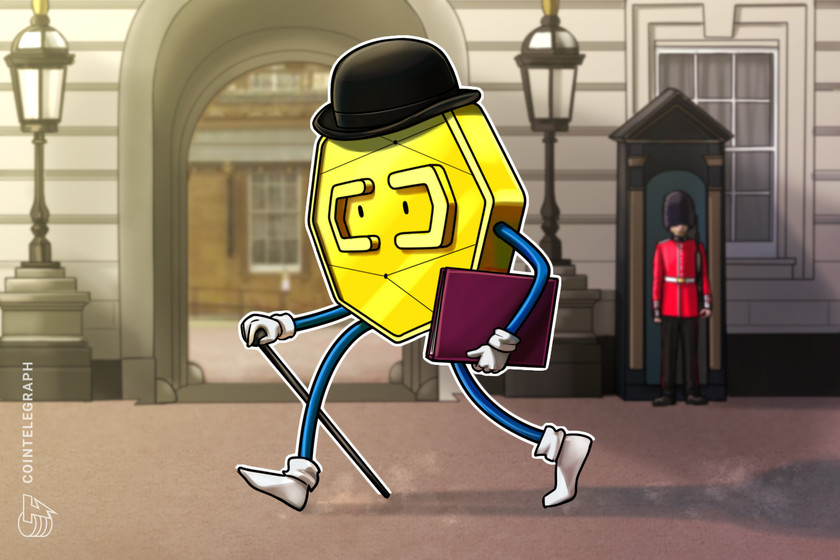Following Brexit, the UK asks crypto industry about rules for cross-border stablecoins

In addition to trying to define stablecoins, the U.K. is looking to establish how close it wants its crypto laws to be to other countries.
Her Majesty’s Treasury requests and requires the crypto industry’s input on prospective regulation.
In a Thursday announcement of open consultation, the United Kingdom’s finance policy department is asking the crypto community to weigh in on a series of proposals: “The government invites views from a wide range of stakeholders, and particularly firms engaged in cryptoasset activities.”
While Brexit formally came into effect early last year, New Year’s Eve was the end of freedom to work and live between the United Kingdom and the European Union. The question lingers in today’s consultation as to how much the nation’s crypto rules should follow those of other nations. The consultation asks stakeholders: “What are your views on the extent to which the UK’s approach should align to those in other jurisdictions?” Even further, there is a proposal to require U.K. registration for all firms marketing stablecoins to people in the U.K.:
“Due to the digital, decentralised and cross-border nature of stable tokens, the government and UK authorities are considering whether firms actively marketing to UK consumers should be required to have a UK establishment and be authorised in the UK.”
The consultation itself lays out existing regulations followed by new proposals. The Treasury pays particular attention to stablecoins, which it says currently lack a formal legal definition in the United Kingdom. One of the central proposals is, consequently, to make such a definition.
The Treasury, however, is not proposing tying the new definition of stablecoins to underlying blockchain infrastructure:
“The government and other Cryptoassets Taskforce authorities recognise that whilst cryptoassets are typically underpinned by DLT, stable tokens could be designed using other types of technology. This classification is therefore agnostic on the technology underpinning its use (e.g. whether it relies on DLT or not).”
Elsewhere, the consultation excludes algorithmic stablecoins from definition as a stablecoin, seemingly reserving the category for tokens pegged to a reference asset, whether that be fiat or gold.
Beyond looking to establish a baseline legal definition for stablecoins, the Treasury lays out a range of potential areas to regulate, including who is allowed to operate stablecoins and how they will have to maintain and report reserves.
Responses to today’s consultation are due by March 21.
Last year, the Treasury published new rules governing crypto promotion, an effort to combat the rash of illicit or undisclosed financial interests that the initial coin offering boom of 2017 and 2018 saw. Failure to disclose payments from Centra Tech for promoting the firm’s ICO was, for example, how DJ Khaled and Floyd Mayweather got into trouble.
Across the pond, the United States has also been grappling with the question of stablecoin authorization. Last month, Rashida Tlaib introduced a bill that would effectively limit stablecoin issuance to registered banks. Just this week, the Office of the Comptroller of the Currency gave the go-ahead to national banks to run nodes and operate payments on stablecoin networks.




